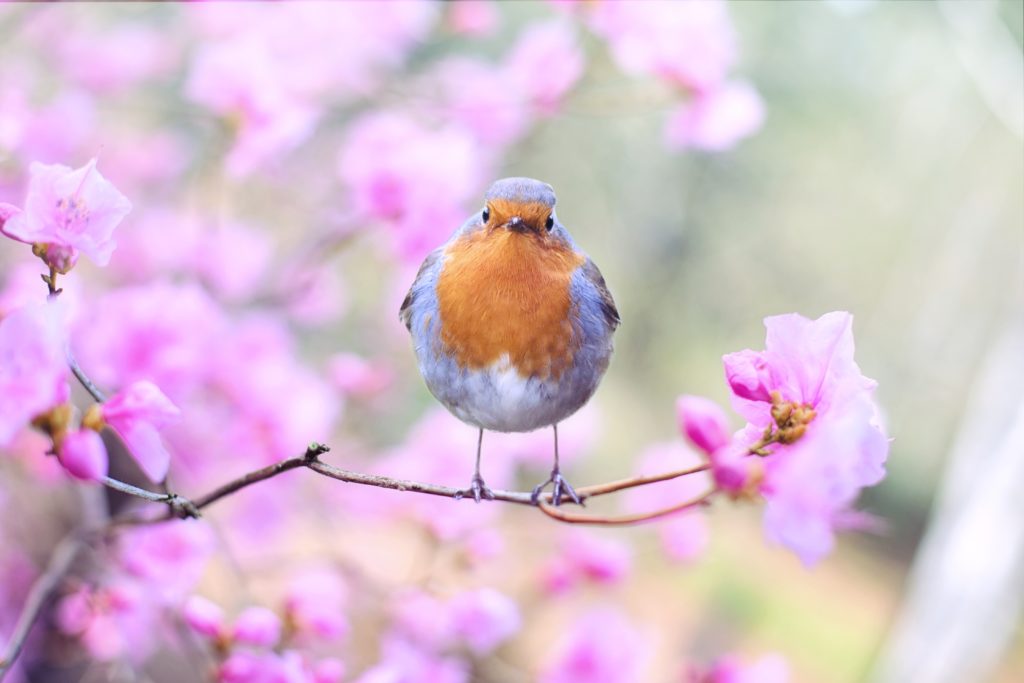
One of the joys of having a home garden is that you can attract some nature friends like birds. They make a garden more pleasant to be in and are a wonderful natural insect repellent. Various bird species feed on seeds, fruits, and insects. A few enhancements and considerations will increase the likelihood that your avian friends will be attracted to your garden or even make it their home. Birds play an integral role in the ecosystem as well because they are also seed dispersers. Creating your own happy garden can actually create happy unintentional gardens for your neighbors as the birds drop seeds along their journeys.
General Garden Care

Your general goal for creating the right ambiance for birds is to fulfill their basic needs: food, water, and a place for shelter or nesting. Birds appreciate diversity in the landscape, including trees and shrubs that provide spots for perching, nesting, and cover. Evergreen trees and shrubs provide winter shelter in colder states. If your garden provides a safe place for a nest as well as ample food, the birds can spend less time away from their chicks.
Keeping a more organic garden with minimal to no pesticide use is ideal. Birds will help with the bug problem as some species consume upwards of 2000 bugs per day. Limiting or avoiding chemical pesticides increases the food supply for insect-eating birds which will entice them to keep coming back. Keeping your garden organic will attract nature’s own pest control.
Growing a range of different plants that bloom and produce seeds throughout the season will be a consistent food source. Allowing at least some flowering plants to go to seed, instead of deadheading, removing the dead parts of spent flowers, increases the value of a garden to birds. There are several options of plants that you can include in your garden to keep birds coming back.
Annuals

A wide range of annual flowers produce seeds that birds can eat. Cosmos and zinnia are some of the best annuals to grow. They’re also very attractive to bees and other pollinating insects when in bloom. Some other good options are bachelor buttons, marigolds, and sunflowers. Some sunflower varieties, grown specifically for cut flower use, are pollenless and produce less seed than fertile varieties such as Lemon Queen, American Giant, Sunspot, and Arikara, so look for those that will produce ample seed.
If you’re gardening with vegetables, birds will love lettuce, peppers, tomatoes, and sweet corn. Parsley and dill are examples of good herbs to plant for birds. You can allow a few of your plants to go to seed, which is the stage where it flowers at the top, and the birds will nibble at that. Birds help spread seeds around the yard too so you may see random plants appear around the yard where bird waste has landed.
Perennials
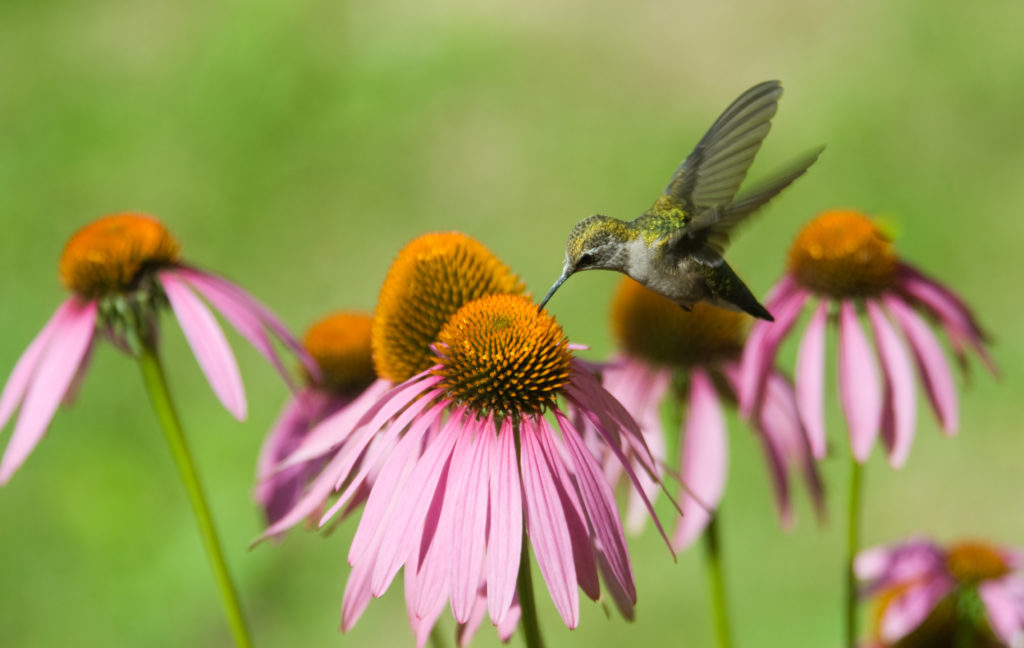
Some species of perennials either produce seeds for the birds or will attract the insects that they will snack on. Penstemon is great because it also attracts hummingbirds. A few others are coreopsis, daisy, echinacea, hollyhocks, orange coneflower, and yarrow. For seed production from late summer to fall consider planting fall-blooming asters and sedums. Bunchberry will flower in the spring and then produce bright red berries that birds will eat.
You can also purchase wildflower seed mixes which will add a wide range of different species to the garden, many of which will be attractive to birds. Butterfly weed will attract insects and is a food source for monarch butterflies. Some birds use the cottony “down” from milkweed seeds to line their nests.
Ornamental Grasses
Annual and perennial ornamental grasses are useful additions to bird-friendly gardens and also make good compliments to flowering plants. Native perennial grasses like bluestem and switchgrass are particularly good choices. Purple Majesty ornamental millet is an annual grass that has striking purple foliage and large seed heads that birds love.
Berries
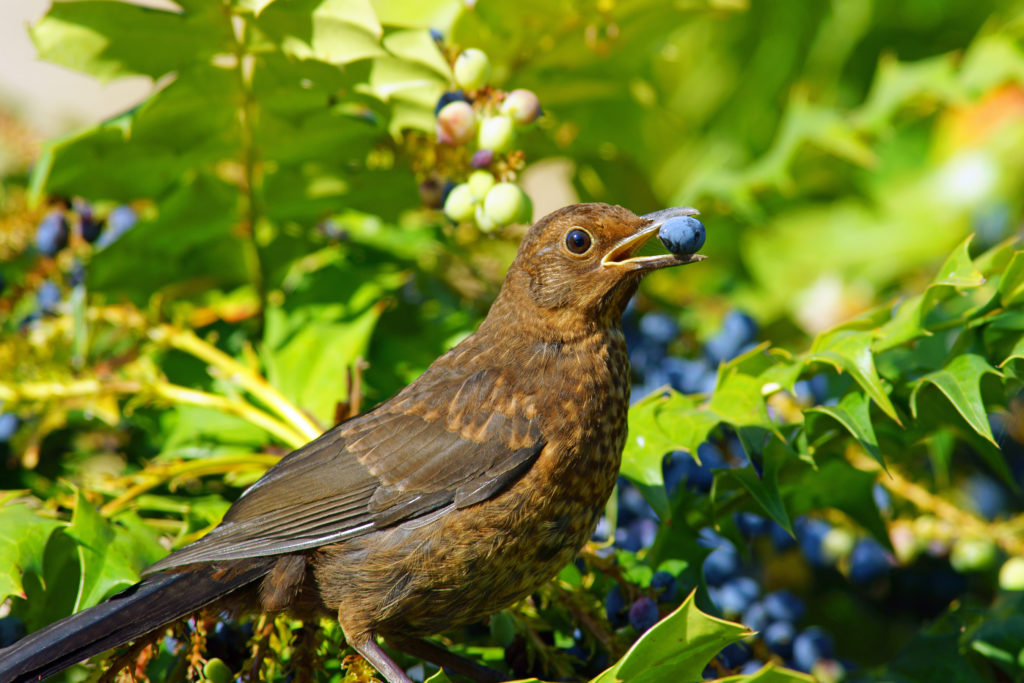
Birds love eating fruit crops and will happily devour an entire crop if it is not protected. You can expose a few berries to share and then cover the rest of your crop with bird netting. Some favorites are blackberry, blueberry, cherry, currant, elderberry, gooseberry, honeyberry/haskap, raspberry, mountain ash mulberry, and strawberry. If you’re looking to plant trees, then crabapple trees work well.
Shrubs
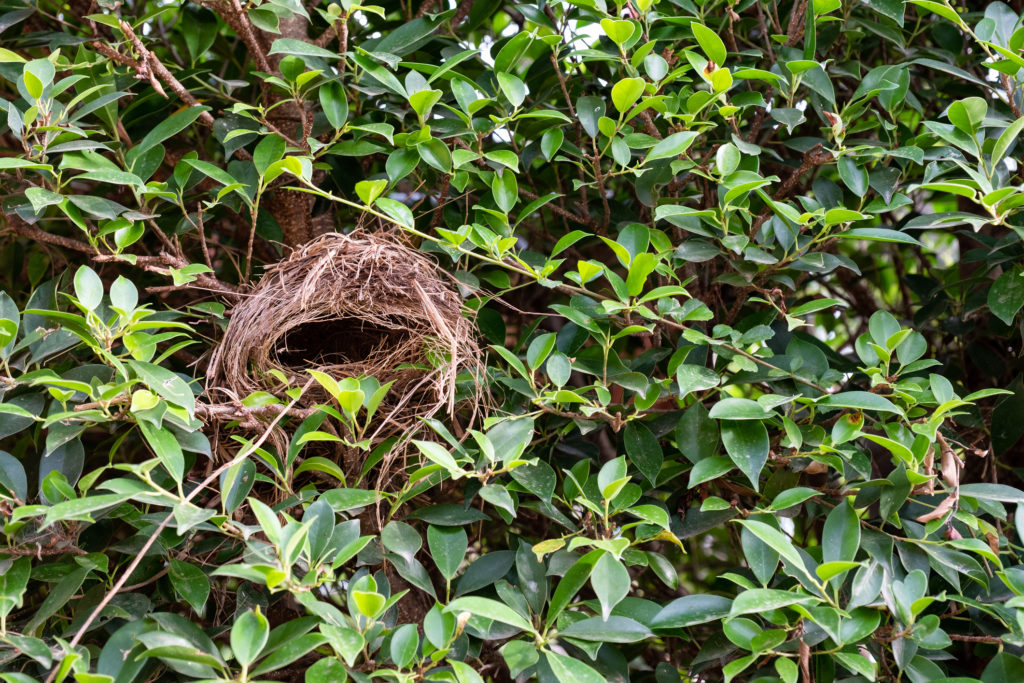
A number of ornamental shrubs produce fruit that is attractive to birds. Many also provide good habitat for nesting. Fruiting shrubs to attract birds would be American highbush cranberry and dogwood. Button bush is an excellent choice for attracting birds that feed on insects. In addition, roses that produce hips, like Hansa, Morden Blush, and Therese Bugnet, can be a good fall and winter food source for fruit-eating birds.
Hummingbird Plants

Hummingbirds are a particular treat in the garden. They feed on the nectar produced in tubular flowers. Red-colored flowers are particularly attractive to them.
Annual flowers for attracting hummingbirds include sage like the Summer Jewel™ series Summer Jewel Red and Summer Jewel Pink. Impatiens, petunia and runner bean are also good hummingbird nectar plants.
You can attract hummingbirds with columbine, coral bells, foxglove, garden phlox, honeysuckle vine, hyssop, and morning glory. Do some research to see which of these are native to your state to attract your native birds and to get better results in the garden.

Creating a bird-friendly garden isn’t just beneficial to you and your own enjoyment but you’re also helping them in many ways. Birds who are well fed can better feed their chicks and ensure they thrive. A healthier more luscious garden can keep mama birds closer to their nest. Feeding birds gives them energy for migration and supports them to maintain a safe habitat. You can also implement bird feeders to support their diet during months when your garden isn’t producing as much nourishment for them. Birds spend the better part of their day foraging for food and consuming upwards of 10,000 calories a day!
Other Recommended Reading
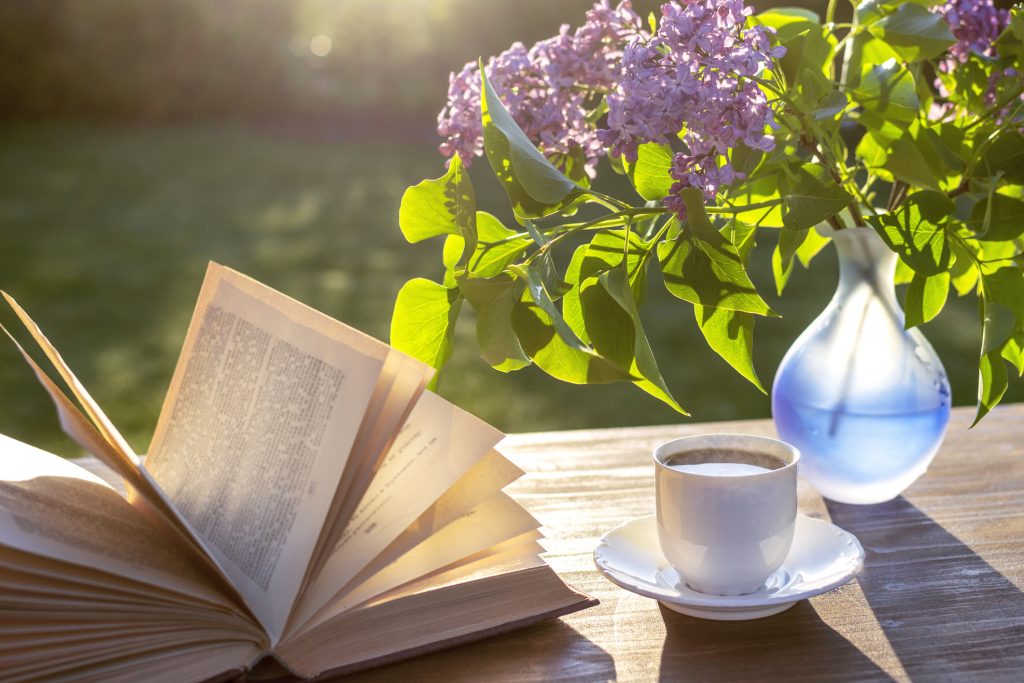
- 15 Best Plants For Pollinators
- 7 Tips To Attracting Reptiles, Toads & Frogs To Your Garden
- Deer-Resistant Gardening Tips
- Gardening With Chickens – Why Chickens & Gardens Just Make Sense
- Six Tips To Create The Perfect Dog-Friendly Garden
- Pet-Friendly Plants & Landscaping For All Seasons
At Jung Seed Co, we strive to be your go-to guide for all your gardening needs. Our YouTube channel Jung Garden Center now includes our new video series All Things Green where our experts provide gardening tips for all levels of gardeners. When you need reliable gardening advice, turn to the trusted experts at Jung.
View our new catalog online or browse our website for all of your gardening favorites. To receive info on new products, exclusive deals, and specials, be sure to sign up for our weekly email. Join our Facebook page, to discuss all things gardening!